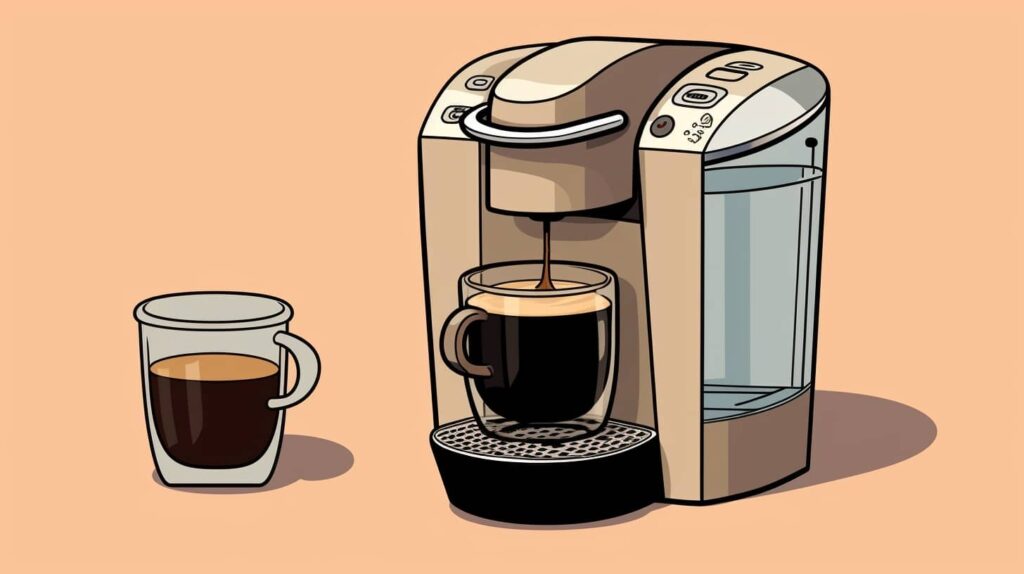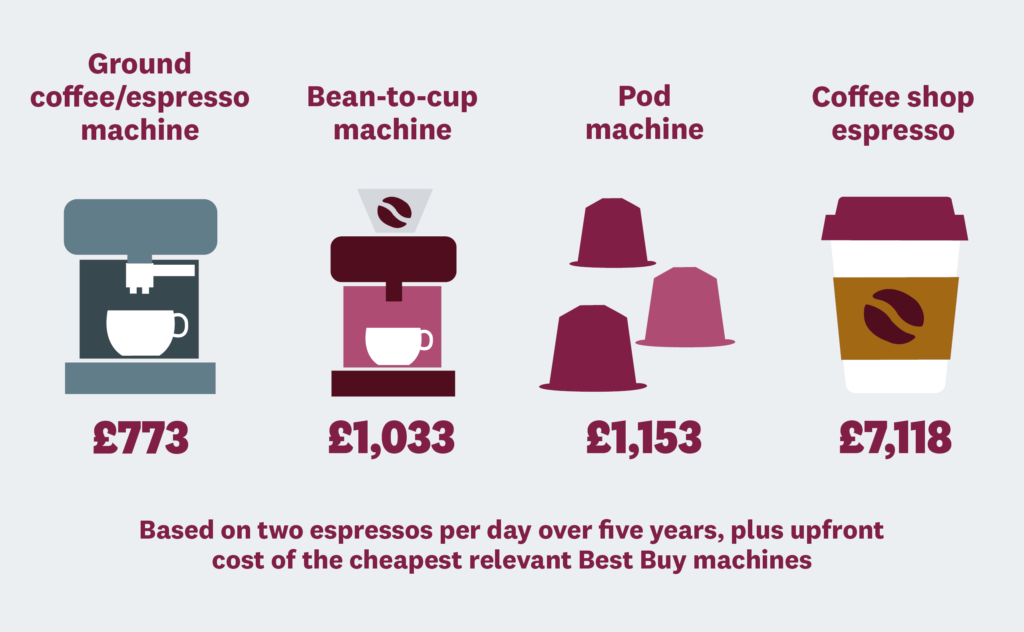Factors Negatively Affecting Coffee Pod Sales
Coffee pods, once hailed as a convenient and personalized way to brew coffee, have faced increasing challenges in recent years.
Despite projections of market growth, several factors are negatively impacting coffee pod sales, particularly in the United States.
Environmental Concerns


One of the most significant issues affecting coffee pod sales is the growing awareness of their environmental impact.
Single-use plastic or aluminum capsules generate substantial waste, leading to negative press coverage and shifting consumer perceptions.
While some companies have introduced recycling programs, the overall environmental footprint of coffee pods remains a concern for eco-conscious consumers.
Economic Factors
Price sensitivity is another factor, especially among millennials who are often burdened with student loan debt and other financial pressures.
Coffee pods are relatively expensive compared to loose coffee or even fast-food coffee options.
As consumers become more price-conscious, they may opt for more economical brewing methods.
Changing Consumer Preferences
The coffee market has evolved, with consumers seeking more diverse and specialized coffee experiences.
While coffee pods initially offered personalization, other brewing methods now provide similar or superior customization options.
Many non-pod machines offer programmable features, smaller batch sizes, and the ability to use a variety of coffee types, often at lower price points.
Market Saturation and Competition
The coffee pod market has become increasingly saturated, with many brands and options available.
This saturation, combined with the expiration of key patents, has led to increased competition and “K-cup fatigue” among consumers.
Additionally, the rise of specialty coffee shops and the growing popularity of at-home brewing methods like pour-over and French press have given accessible alternatives to pod-based systems.
Shift in Consumer Behavior Post-Pandemic
The COVID-19 pandemic initially boosted at-home coffee consumption, benefiting pod sales. However, as people return to pre-pandemic routines, there’s been a shift back to out-of-home coffee consumption.
In 2022, there was a 6% decline in at-home coffee consumption, affecting the overall coffee pod market.
While the global coffee pod market is still projected to grow, with estimates suggesting it could reach $2.8 billion by 2032, these negative factors present a challenge.
The future of coffee pod sales will likely depend on how effectively the industry can address these concerns while continuing to offer convenience and quality to coffee drinkers.

